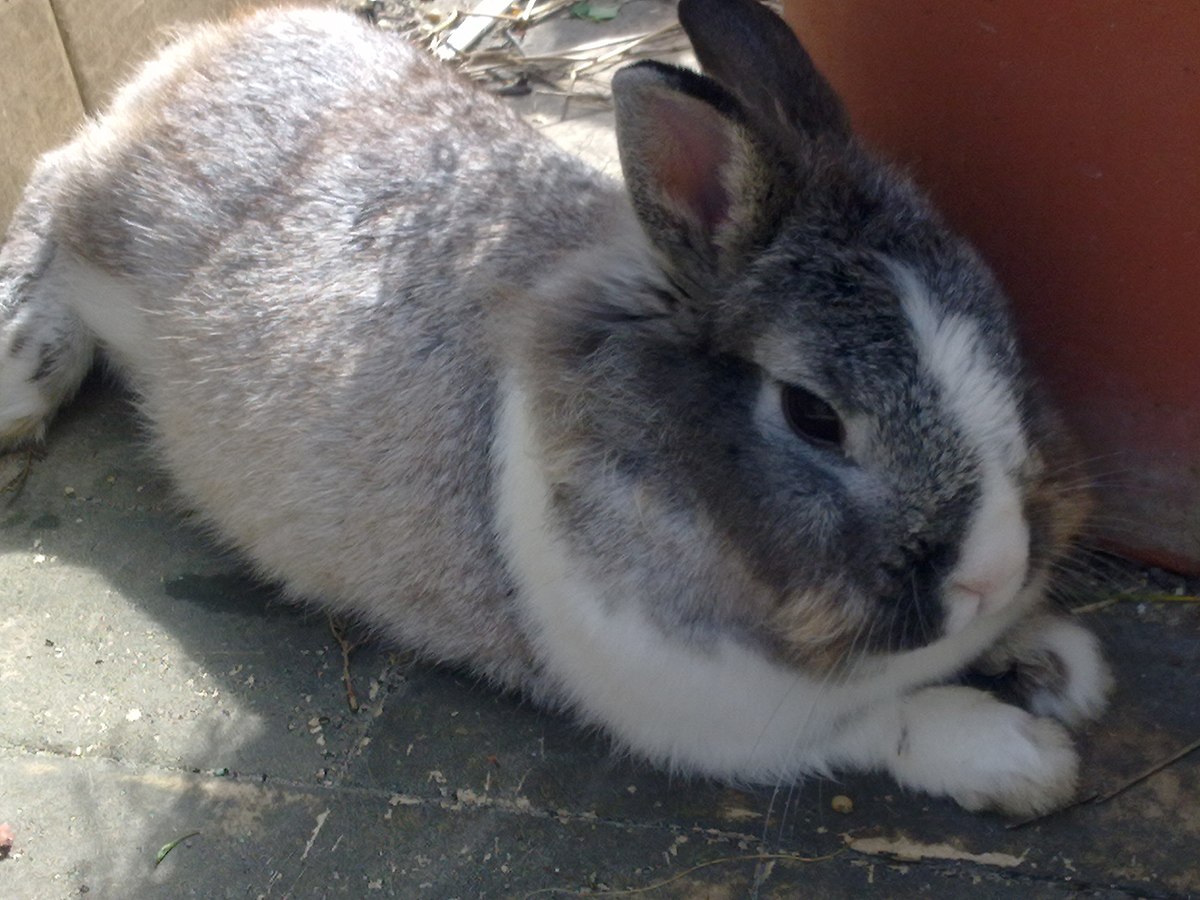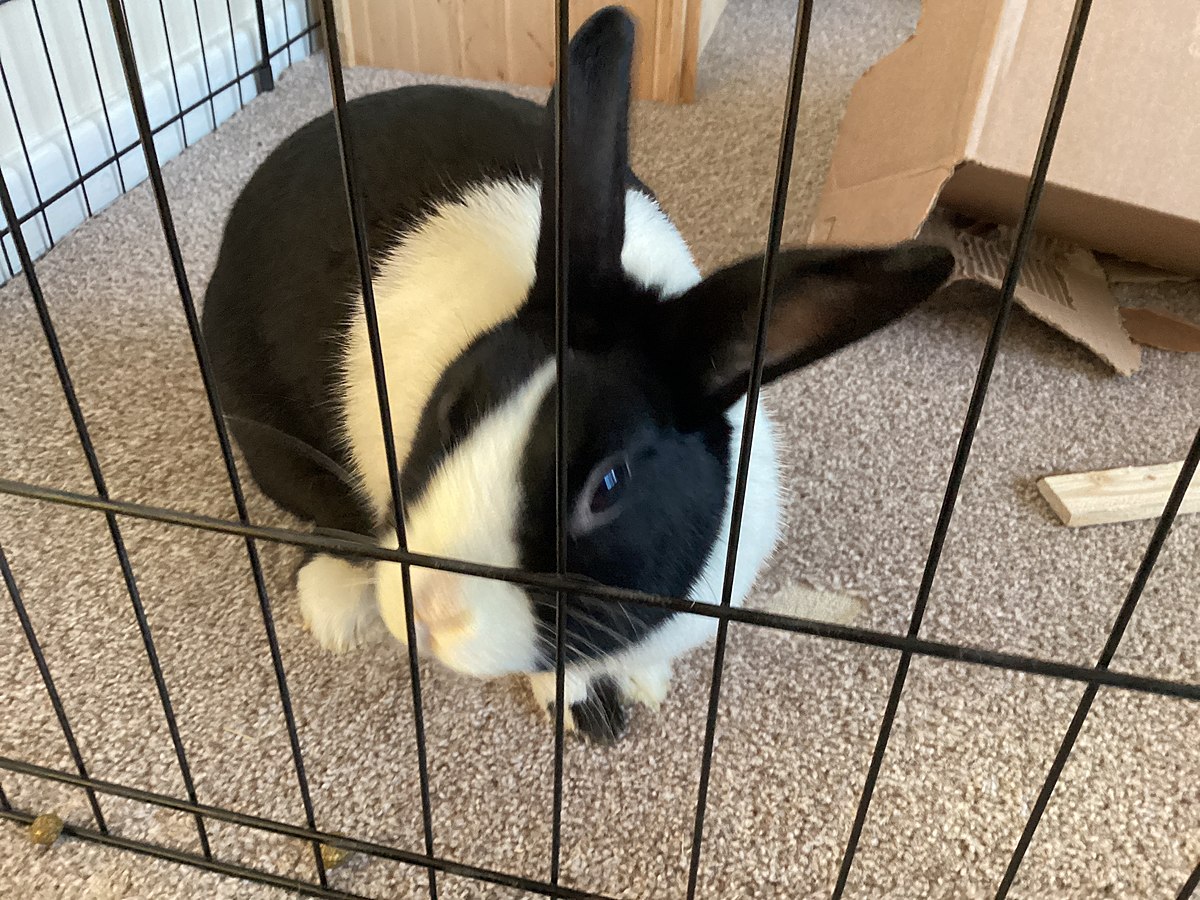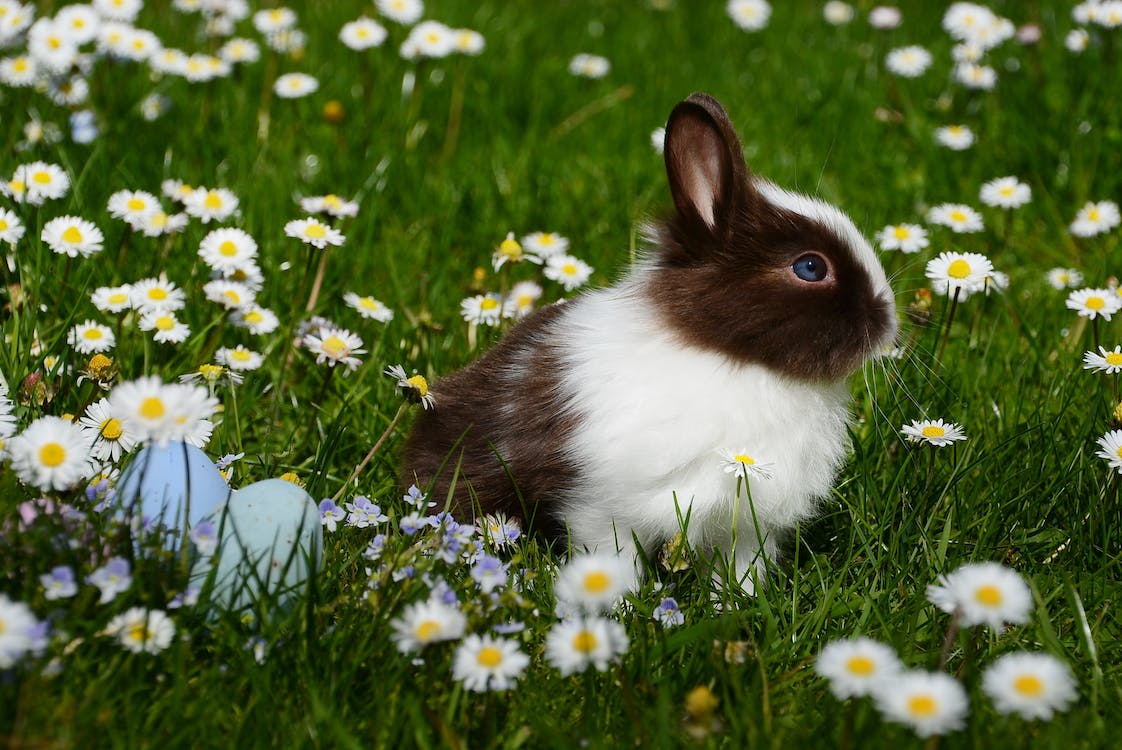If you’ve ever considered adding a rabbit to your family, you might have stumbled upon the Dutch Rabbit. Renowned for being affectionate and sociable, this breed is a favorite among rabbit enthusiasts worldwide. Today, we’re diving deep into the world of Dutch Rabbits, exploring everything from their physical traits to their charming personalities.
Physical Characteristics of the Dutch Rabbit

The American Rabbit Breeders Association, the governing body for rabbit breeds, specifies certain standards for the Dutch Rabbit. An adult Dutch rabbit should weigh between 3.5 to 5.5 pounds, reflecting its compact composition. Their body shape is round, just like their heads, and they boast short ears displaying a fur type known as flyback hair.
One can spot a Dutch rabbit from a range of six popular colors. These include combinations like black and white or the unique tortoise and white. They are also identifiable by a striking white stripe or a ‘wedge’ running up their face.
Understanding the Behavior of a Dutch Rabbit

The Dutch rabbit isn’t just about attractive exteriors. This breed possesses an energetic character and a captivating social nature. You might find them getting easily bored; therefore, some stimulating activities would do them well. With sufficient training, these rabbits could even perform simple tasks!
Young Dutch rabbits grow up to be comfortable around their human family, particularly if regularly handled from a tender age. They are fond of sitting on laps and receiving affection, although small bouts of jitteriness can occur when being lifted.
Handling Your Dutch Rabbit
- To lift them, grasp the skin fold behind the neck and between the shoulder blades with one hand.
- Simultaneously, support the rabbit’s back feet with your other hand to prevent any injurious kicking.
- The safest way to hold them is with their face near your elbow, body tucked between your forearm and your tummy. It makes them feel secure and less likely to wriggle around.
For the first few times, you might want to don long sleeves when handling your rabbit to avoid any accidental scratches until you get the hang of it. Don’t worry though – with a little practice, both you and your Dutch Rabbit will become quite comfortable with each other!
Keeping Your Dutch Rabbit Active and Engaged

It’s crucial to be well-versed in rabbit body language to understand their activity patterns. Most Dutch Rabbits tend to be energetic early in the morning and later into the evening, often indulging in daytime naps. Midday times, when they are often less active, offer a great opportunity for gentle handling and cuddle sessions.
Showing Your Dutch Rabbit

If you’re a rabbit enthusiast planning on entering your Dutch Rabbit in a show, research beforehand is essential. Understand the standards set out for body, head, eyes, ears, etc. Equip yourself with the knowledge of scoring points and criteria to ensure your furry friend’s best performance.